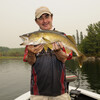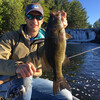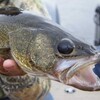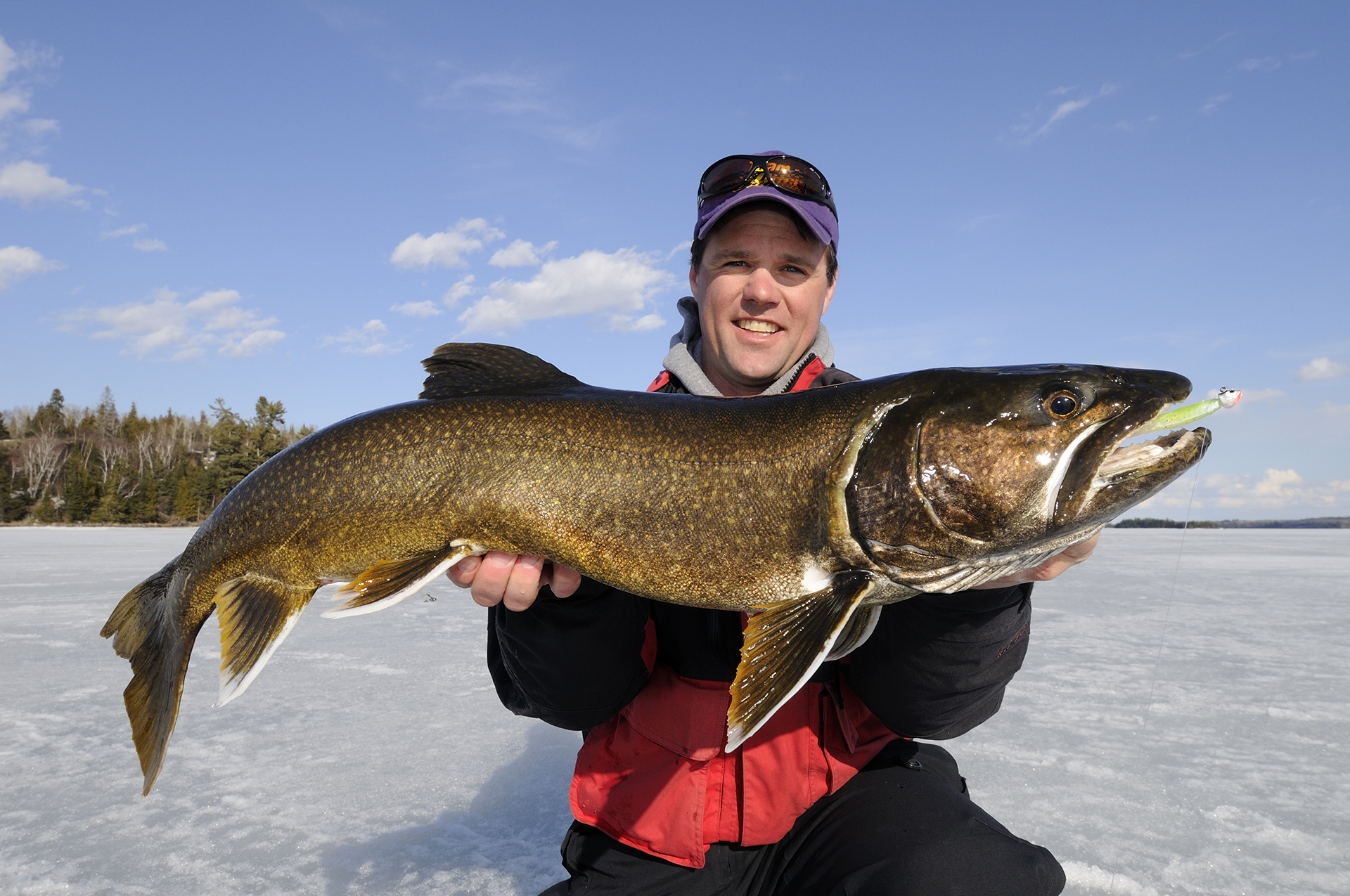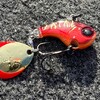
Ice Shelter Saviours
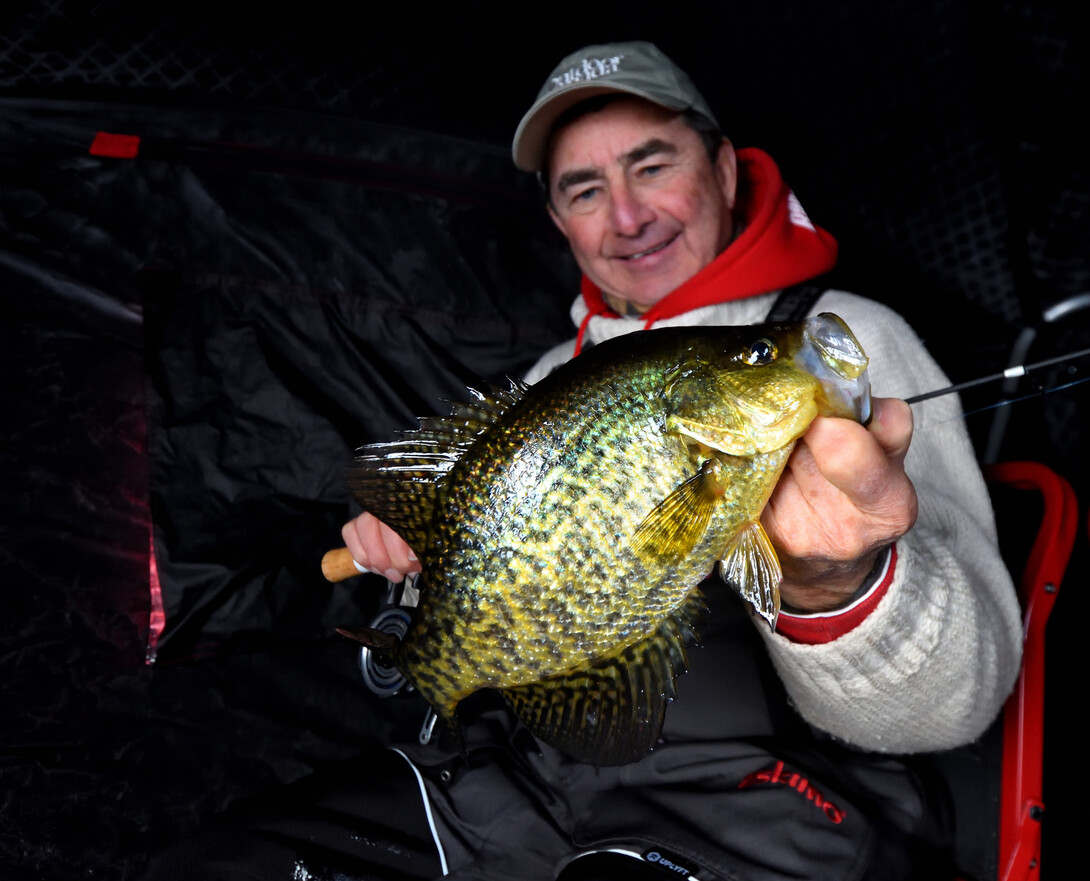
It is that time of year again when we put the boats to bed and haul down our ice fishing gear from the garage roof rafters, eagerly anticipating another bountiful year of ice fishing in Northern Ontario.
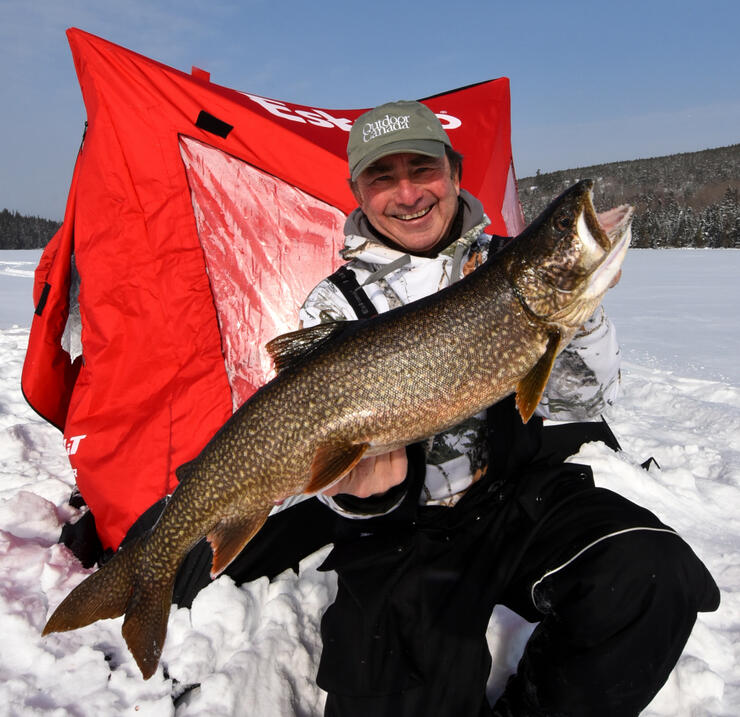
We'll spool fresh fishing lines onto our tip-ups and reels and charge the batteries that power our sonar units and ice augers. But what about the pop-over shelters that so many of us rely upon these days to keep us snug and warm when the temperatures drop down into the double-digit minus-degree range? Well, there are a couple of things you can do right now, in the last warm fading days of autumn to make sure they will function flawlessly once the snow starts flying. It is what I like to call my autumn ounce of prevention, which is worth a pound of winter cure.
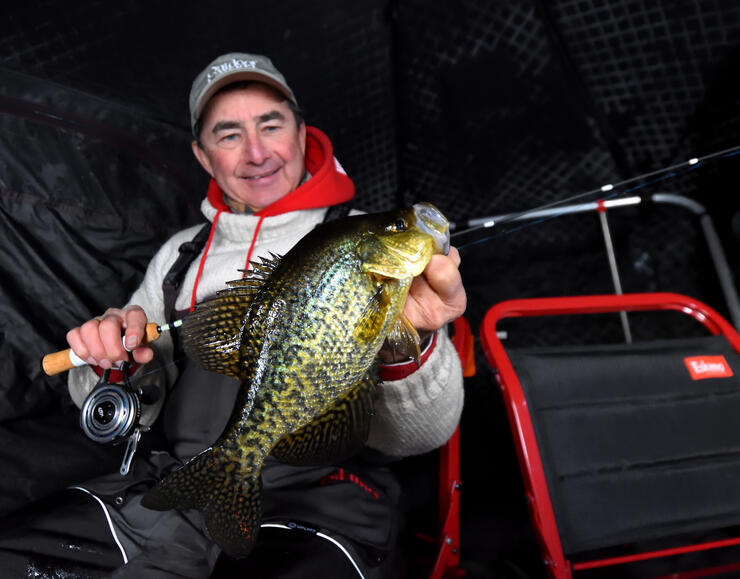
And the first place I always begin is with the telescoping frames, poles and rails that slide in and out and give us the enclosed space within which to work our winter magic. The poles are typically made of lightweight aluminum that, while it doesn't rust, builds up a whitish layer of oxidization that, if it is not removed, makes the poles seem like someone super glued them together.
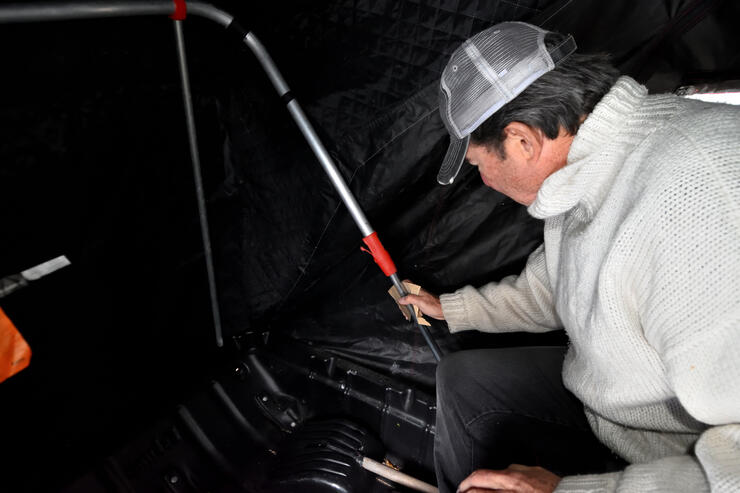
Indeed, I was out with a friend last winter who had forsaken this important housekeeping chore and watched him wedge his foot against the poles and kick them furiously to loosen and slide them into place. He went through the same routine when it was time to pack up and head home in the evening. It was painful to watch.
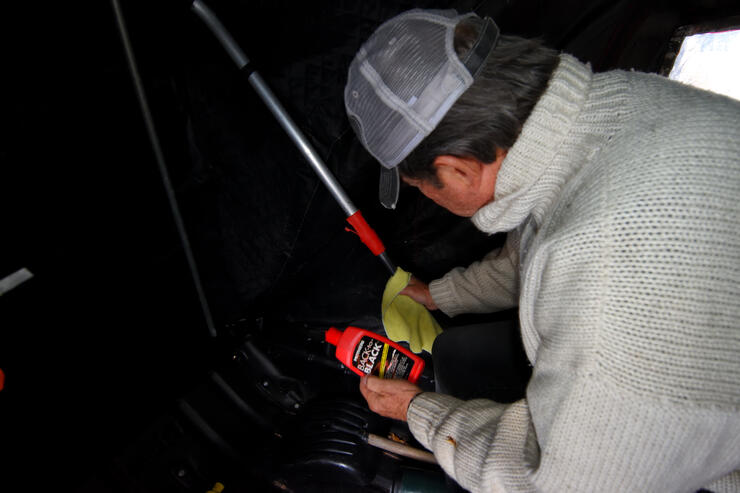
Ice Shelter Prep Tip 1: Sand And Polish The Poles Before Heading Out
Instead of taking your frustrations out on your ice shelter this winter, set it up right now in your backyard or driveway and take a piece of fine sandpaper, wet/dry automotive paper or steel wool and rub the poles clean of any and all oxidization. Even if you don't see any build-up, clean the poles smoothly. Then get some car polish—is there anyone who doesn't have four or five jars of half-used wax in the garage—and apply it to the area you just finished sanding? Rub it on sparingly, let it dry and then buff it to a silky smooth finish. Another good option is using an automotive rubbing compound that both removes oxidation and grease and provides a slick glass-like waxed finish. Your poles will slide in and out effortlessly, all winter long.
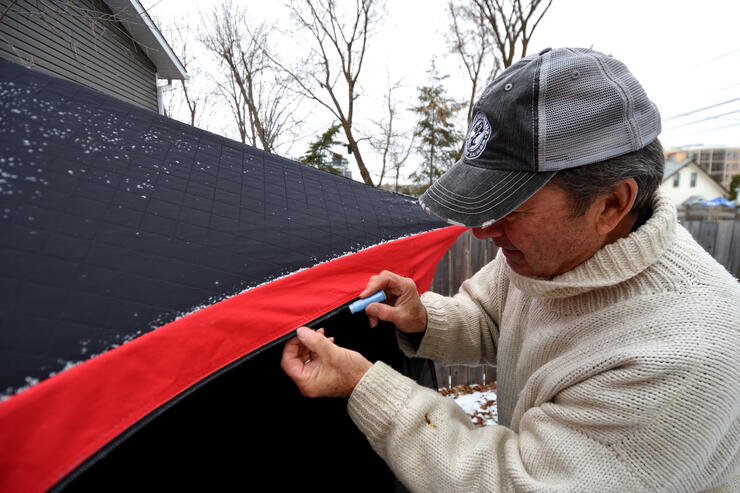
Ice Shelter Prep Tip 2: Ditch The Pins
Now that the poles are silky smooth and functioning properly, turn your attention to the little pop-in and pop-out pins that lock the rails into place once you extend them to their full length or height. They are fine early and late in the ice fishing season when the days are relatively warm, but when the mercury in the thermometer is nowhere to be seen—I am talking about those super cold days out on Lake Nipissing, Temagami, Superior and Lake of the Woods—they can be a pain in the butt. Gotta' to confess I hate these things so much that I remove them as soon as I bring home a new shelter. They may work well in warmer winter climes, but at the height of a Northern Ontario winter, not so much. With slick sliding polished poles and extenders in place, I find no need for the finicky pins. They stick at the worst times.
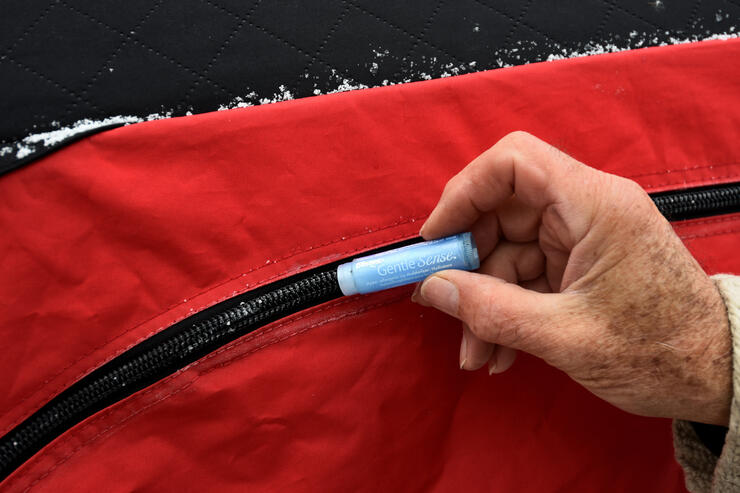
Ice Shelter Prep Tip 3: Lube Those Zippers
Where we will all agree, however, is with zippers. When it gets cold, and especially after a season or two of use, you have to lubricate them. I've tried many of the spray-on options that I've read about and heard other anglers recommend, but the zipper lubricant I've come to rely on is the same lip balm that I carry in my bib pocket and put on my lips. I'll smash a lump of the balm between my fingers and then rub it right into the teeth. Then I'll open and close the zipper a couple of times until the lubricant is well distributed. I'll also touch up any hard-to-open spots when I'm out on the ice fishing.
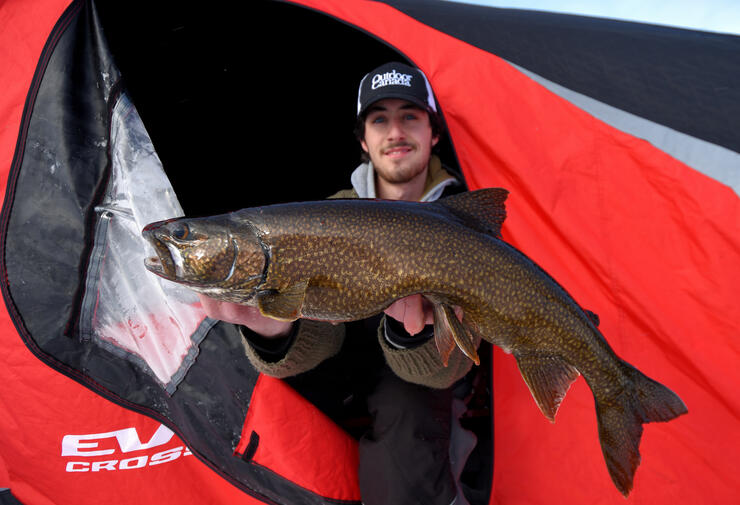
Take 15 or 20 minutes over the next couple of days, while it is still pleasant outside and perform these simple ice shelter chores. When the wind is howling and the snow is blowing in mid-January, you'll love yourself when you arrive at your ice fishing spot, remove the cover from your shelter, unzip the door and step inside without even thinking about it and then slide the poles effortlessly into position.
Bring on winter in Northern Ontario.
Recommended Articles

Wag Your Tail For More Walleye, Bass and Trout

Top 5 Flies for Smallmouth Bass

Ontario’s Top 5 Ice-Out Species

3 Great Ontario Walleye Destinations

Lake of the Woods

Spring Perch Fishing

Eating Northern Pike
Fishing and Foraging

5 Places to Shore Fish

Terrestrial Flies for Brook Trout
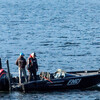
Trolling for Walleye
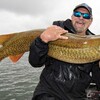
St. Francis Titans
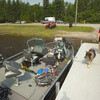
Top Drive-To Walleyes
Fishing the Regions of Northern Ontario
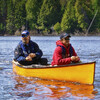
5 Canoe & Kayak Fishing Destinations

Spring Fishing Tips for any Angler
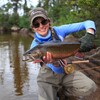
Ontario Fly Fishing Hotspots
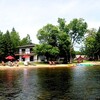
Balsam Lake Walleye
